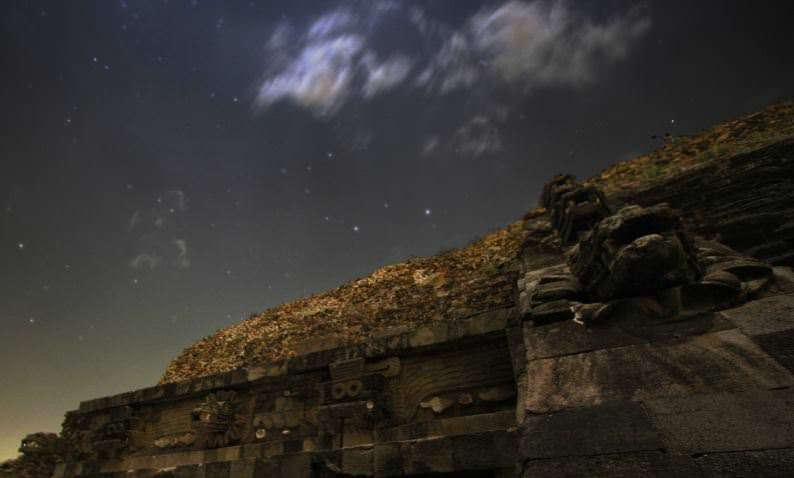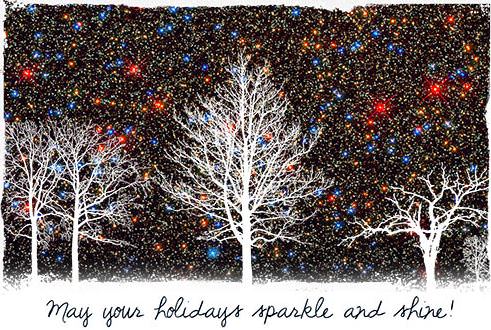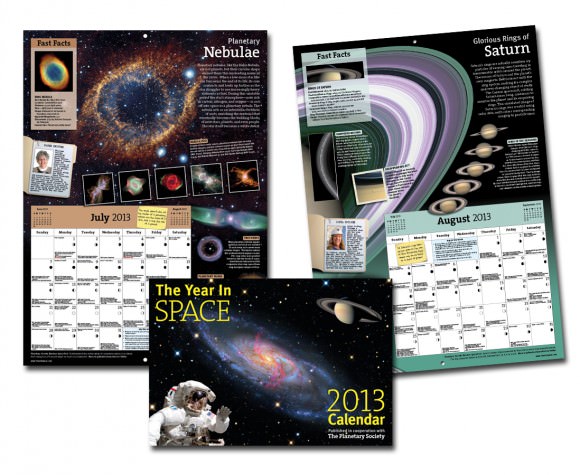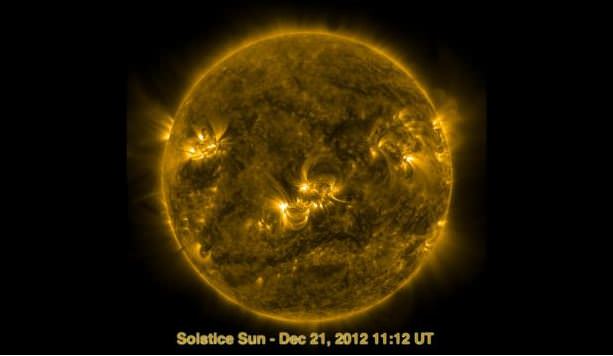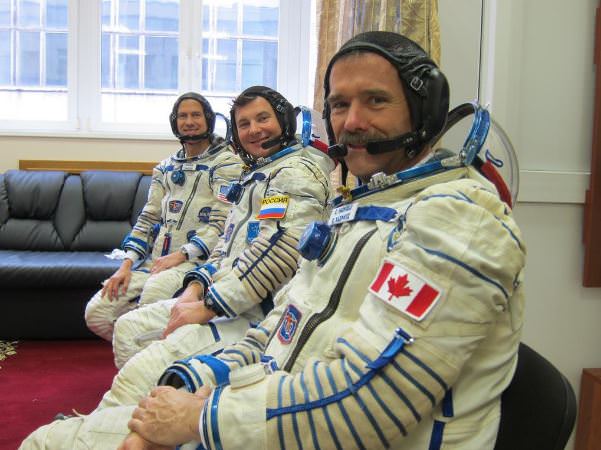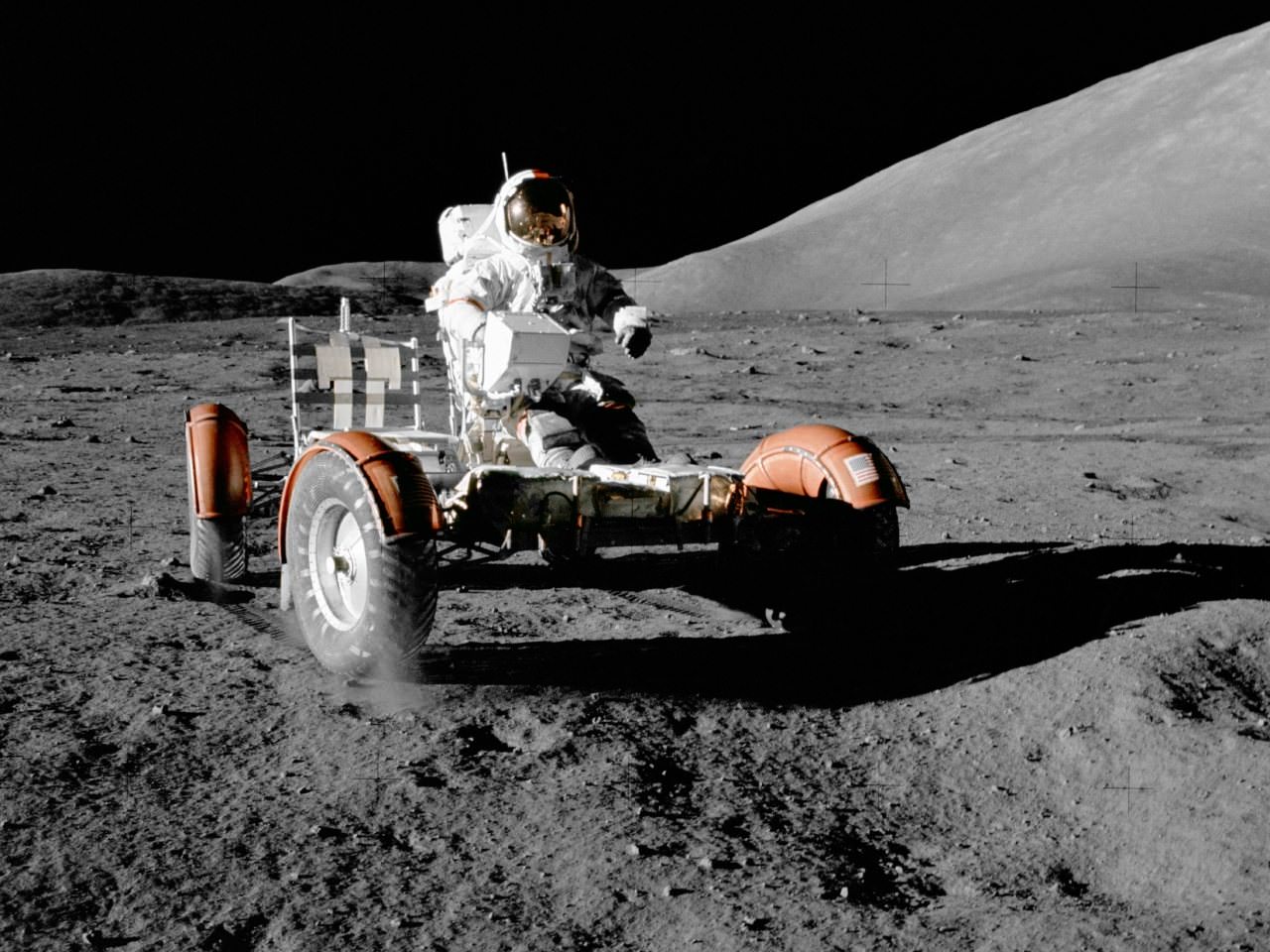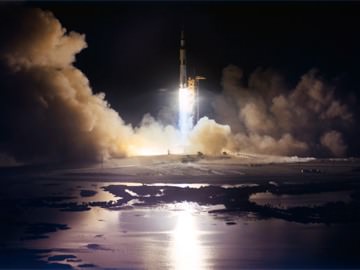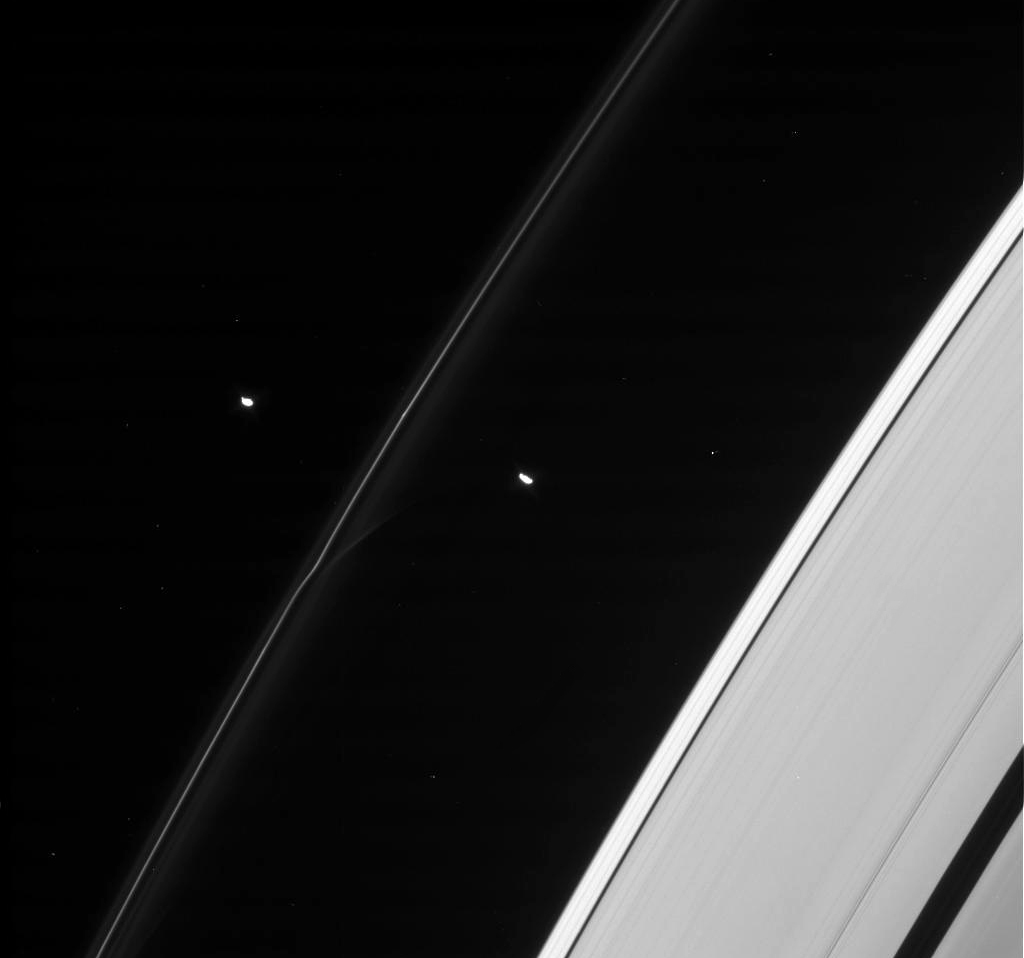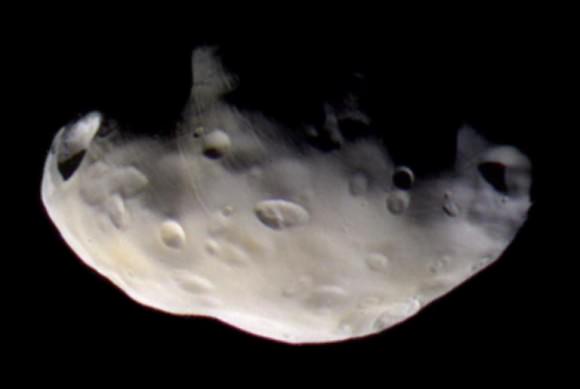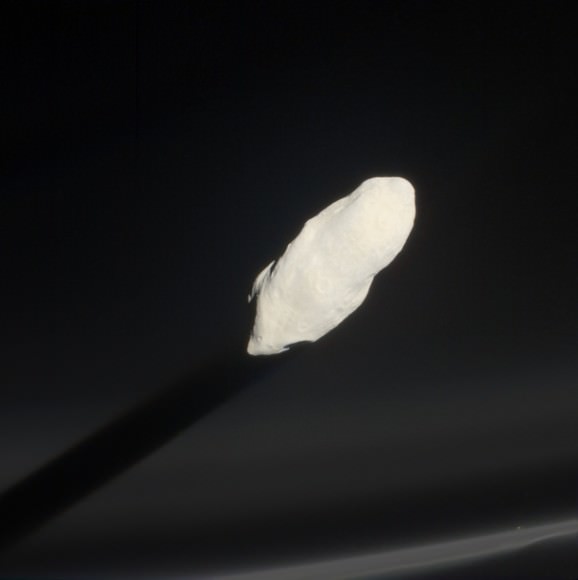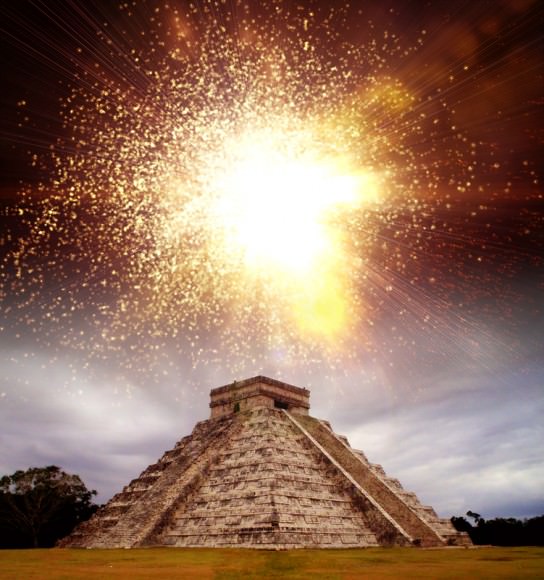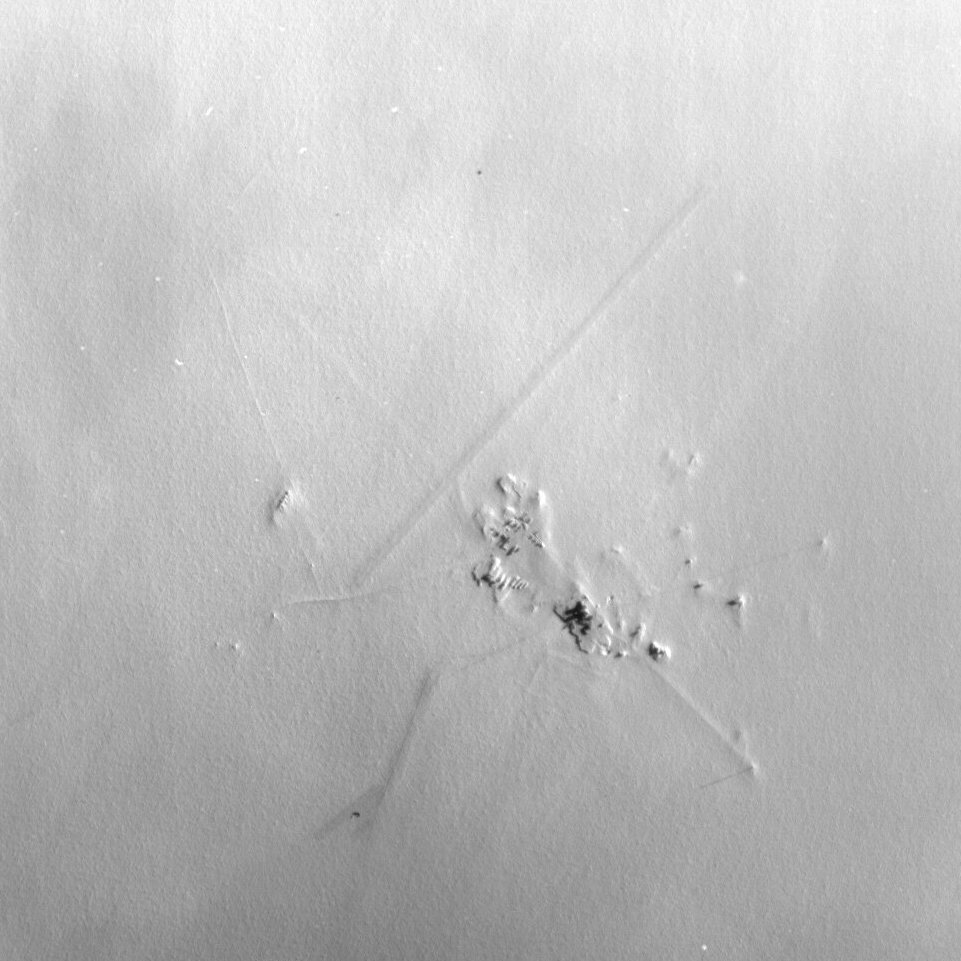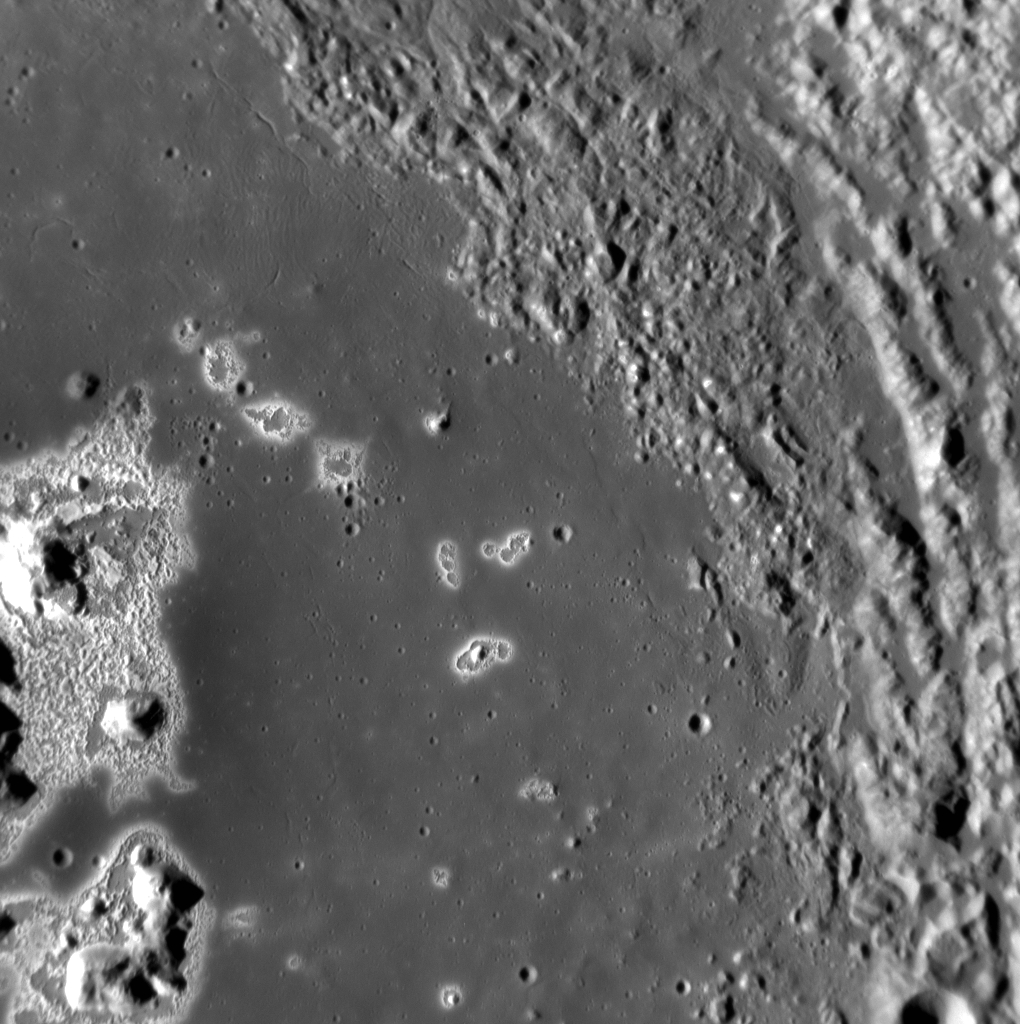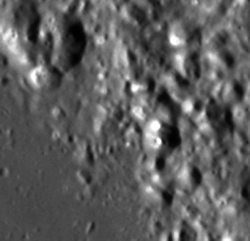ESA’s Proba-1 satellite imaged the French-Italian Concordia base on November 21, 2012 (ESA)
Located in one of the loneliest locations on Earth, the French-Italian Concordia station was captured on high-resolution camera by ESA’s Proba-1 microsatellite last month, showing the snow-covered base and 25 square kilometers of the virtually featureless expanse of Antarctic ice surrounding it.
A cluster of scientific research buildings situated 3233 meters above sea level in the Antarctic interior, Concordia is one of the only permanently-crewed stations on the southern continent. Around 12–15 researchers and engineers spend months — sometimes over a year — in isolation at Concordia, where during the winter months there are no deliveries, no chance of evacuation, temperatures below -80 ºC (-112 ºF) and the next closest station is 600 km (370 miles) away. It’s like working on another planet.
And that’s precisely why they’re there.
The researchers who live and work at Concordia are there because of the station’s incredible remoteness and harsh conditions. This allows them to study not only the pristine Antarctic ice beneath their feet but also how humans behave in such an environment, where a small team must learn to work together and merely venturing outside can be a hazardous task.
It’s the next closest thing to an actual outpost on Mars, or the Moon. Even the astronauts on the ISS aren’t as far removed from the rest of the world.
(Although the night sky views from Concordia can be comparably stunning.)
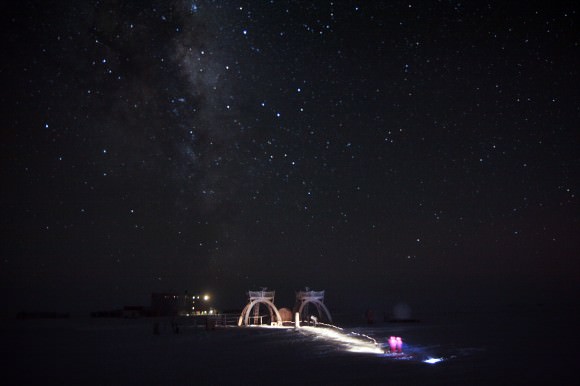
Concordia Base boasts some of the clearest, darkest — and coldest — skies on Earth (ESA/IPEV/PNRA – A. Salam)
Read more: Milky Way to Concordia Base… Come In, Concordia Base…
“Boredom and monotony are the enemy,” wrote ESA-sponsored medical researcher Dr. Alex Salam, regarding his 2009 13-month stay. “The darkness has a habit of sucking the motivation out of even the hardiest. But despite the effects the darkness can have on sleep, mood and cognitive performance, there is something inherently special about the Antarctic night. The heavens present a view that many stargazers can only ever dream of. You just have to try and catch a glimpse of the stars before your eyelashes freeze together!
“Seeing the station from a distance with the Milky Way towering far above it never failed to make me feel both awe inspired and simultaneously insignificant.”
And another recent long-term resident of Concordia, Dr. Alexander Kumar, who departed the base on November 15, shared this reflection as his year-long term was approaching its end:
“Concordia has, in removing me from civilisation where sometimes it is harder to step back, enabled me to see the bigger picture, provide a unique experience and reminded me of somethings, setting a course and direction for the future… I think once you come to Antarctica, drawn to it under a spell like a seaman to a mermaid, you never can break the link you form with this raw, rugged and ruthlessly beautiful and enticing continent.”
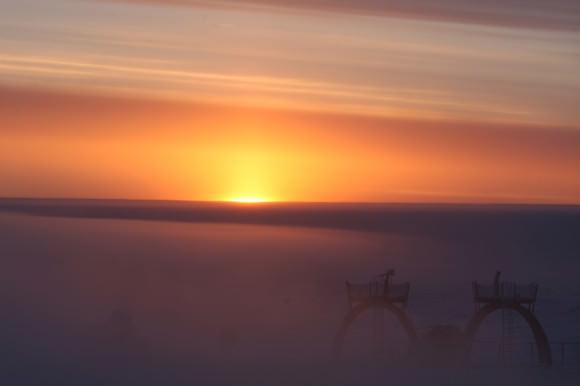
The Sun returns to the Antarctic plateau (ESA/IPEV/PNRA – A. Salam)
“It’s the closest thing I’ll ever have to living on another planet.”
– Dr. Alex Salam
Read more about Concordia on the newly-redesigned ESA site here.
In orbit for over 11 years, Proba-1’s unique images are used by hundreds of scientific teams worldwide. To date its main Compact High Resolution Imaging Spectrometer (CHRIS) has acquired over 20,000 environmental science images used by a total of 446 research groups in 60 countries.

